- 1) Do not eat, drink, smoke or chew gum for 30 minutes before collecting samples.
- 2) The swab tips should not come into contact with any surface other that the inside of the cheek at any point before, during or after collection
- 3) Move the swab up and down while also rotating. It's very important to rotate the swab with your fingers.
- 4) Allow the swab to dry before storing. At least one hour.
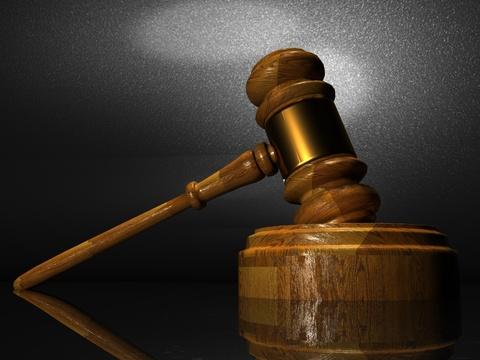
- 2022-09-16 22:43:13
- DNA Tests - Judicial Proceedings
Use of DNA evidence for legal reasons and other matters related to justice
Can sibling DNA test results be used for legal reasons?
Yes, sibling DNA test results can be used for legal reasons such as immigration, Social Security benefits, inheritance rights, and more, as long as you request a legal sibling test with court-admissible results. A report for a home tranquility test cannot be used for legal reasons.

Sibling tests can be used for court cases at hand,
but you must take the DNA test at the lab, not at home.
Read more: Ways to access to our laboratory.
What are the reasons that exist why I have to take a DNA sibling test?
The most common reason for doing a sibling DNA test is to confirm the truth about whether you and your suspected sibling share the same father.
Some other reasons that exist are usually for different reasons, but the main ones are:
- For medical history uses.
- For Social Security benefits.
- For possible claims in case of family inheritance.
- For various immigration cases.
- For other life insurance claims.

DNA tests between siblings are highly demanded
to obtain the benefits mentioned here.
The results that are given to you are completely confidential, and your genetic information will never be shared or sold or negotiated with third parties.
Also read: How to do a DNA paternity test in the US? how much does it cost to do it?
DNA tests between grandparents and grandchildren
Yes, it can be used, as long as a chain of custody procedure has been established and followed: The test is requested directly from the DDC. DDC is a program, a DNA collection appointment for test participants at a convenient facility near them. Test participants provide their identity documents at the test appointment and the DNA collection is witnessed.
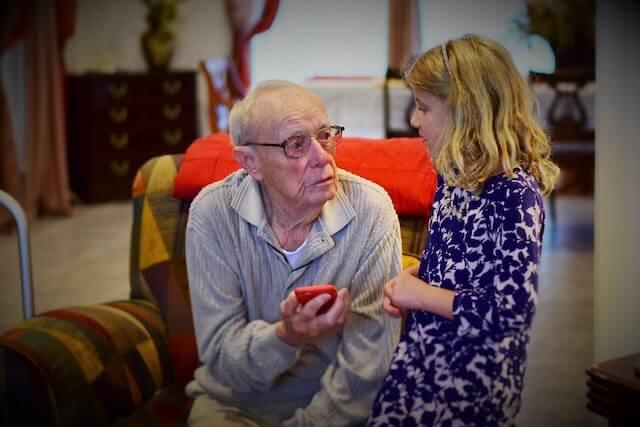
It is possible to use DNA test results between grandparents
and grandchildren, under certain conditions.
You might be interested in reading this: Grandparent Test. Useful information about it.
The facility (DDC) signs the paperwork and returns the samples to our lab for further analysis. The results of a legal grandparent test are admissible in the local court of your jurisdiction, and can be used for legal reasons such as those mentioned in the sibling test case. The results of a grandparent DNA test done with your home kit cannot be used legally. It is only possible to use it legally through the method that we talked about above (DDC).
Affiliation claim, what is it? What happens during the paternity case?
In the case of a paternity test, the participants appear before the Family Court to obtain an Order of filiation.
A parentage order is a court order that names a man as the father of a child, and the court gives him the right to custody of the child, the right to visit the child, and the responsibility to pay child support.

Who can start the case?
- The mother of the child a man who is supposed to be the father of that boy or girl.
- The Department of Social Services if it is the case in which the child receives public assistance.
- The person who initiates the lawsuit is the plaintiff against the defendant.

The lawsuit can be initiated
by both the mother and the father.
Read more about: How to do a Paternity Test From Home (Laboratory Kit DNA)
How to start a paternity case in court?
A paternity petition is filed in the Family Court of the county where the petitioner or respondent lives. There is no filing fee in Family Court. If you are the mother or a man who is presumed to be the father, you can use the free DIY Paternity Petition program to petition the family court for an order of filiation that names the child's father as the legal father.
If both people are not the parents of the child, they can use this form (DIY) to start their paternity case. After the paternity petition is filed in Family Court, the respondent will be served with a summons and a copy of the petition, awarded to the petitioner. A summons tells the plaintiff and the defendant when and where to go to Family Court.
Both the Plaintiff and the Defendant have the exclusive right to retain their own attorneys. If one of the parties cannot afford to hire an attorney, the court is required to assign an attorney free of charge.

you can use the free DIY Paternity Petition program.
Inside the paternity hearing
A paternity case is heard and reported before a judge or support magistrate.
The Filiation Order can be signed by consent if:
- The mother was not married when the child was born;
- The child was born and both the mother and the father agree that the man is the legal father;
- The mother was married and all three parties (the mother, the husband and the biological father) agree.
When a Consent Filiation Order is signed, this means that both the mother and the father agree that the father really is the biological father of the child and neither parent will request a DNA test to provide such legality. If someone does not agree on who the biological father is, the court could order a DNA test of the mother, the possible father and the child, and the case will be heard another time, another time. At the next court date, the delegation will explain and show the test results.

indeed the biological father of the child and neither parent
will request a DNA test to provide such legality.
If, after knowing the DNA results, both parties agree with the paternity, here the same judicial delegation will issue an Order of filiation. If the parties do not agree with the DNA results, the case will be postponed to a later date. At the next date the court has declared, both parties can give their arguments and both can have witnesses.
Generally, it is up to the plaintiff to prove paternity. However, if the results of the DNA test indicate that there is a 95% chance that the respondent is the genetic father, then it is up to the respondent to prove that he or she is not the legal father. Finally, after the judge hears both parties, plaintiff and defendant, the court will determine whether or not the defendant is the biological father.
Make your query with us and get your results within a period not exceeding 10 business days. Our laboratories carry out two tests to verify that the result of the first and second tests give the same result. Our laboratories have more than 20 years of experience and service to citizens, in each national jurisdiction. We have the most demanding and best qualified international certificates for the analysis of sampling and genetic tests.
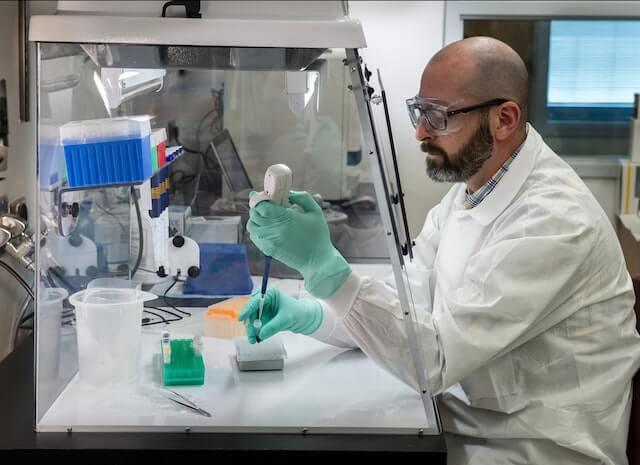
Our scientists analyze DNA samples in a proof and a counterproof
to obtain a high efficiency in the results.
Contact us through WhatsApp, through text messages on the same platform:
+1 647 455 0443
Reserve your order now to carry out the DNA study you need: sibling test, uncle and nephew test, maternity test, paternity test or grandparent-grandchild test. Later, in the next articles, we will detail more about the uses of DNA tests in legal and judicial matters. I hope this information on how you can use the test results has been helpful, and if you need more information, you can also comment below this article.
We will respond to you shortly!
Categories
-
DNA sampling - Kit
-
DNA Test
-
DNA Test - Paternity
-
DNA testing grandparents grandchildren
-
DNA Tests - Judicial Proceedings
-
Frequently asked questions and answers
-
Glossary of specific terms
-
Maternity DNA tests
-
NON - invasive Prenatal DNA
-
Sibling DNA testing
-
Uncles-nephews DNA tests
Popular articles
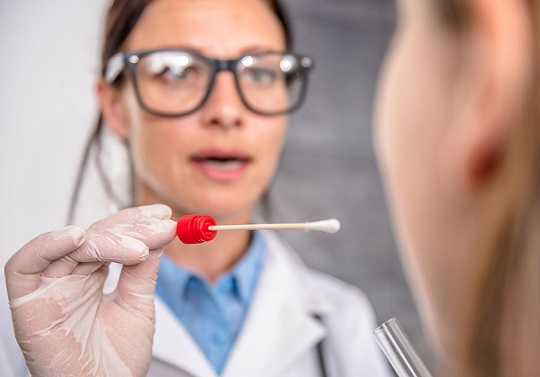
How it works

Step 1 - Order your kit.
Click ORDER NOW, place your order and you will receive the sample collection kit in a couple of days.
Please contact us at 1-877-219-4485 or WhatsApp +1 647 455 0443 if you are having any troubles ordering.

Step 2 - Take the samples.
Collect the swab samples from the test participants.
Please Watch This Video.

Step 3 - Send the samples to us by mail
Place each pair of swabs in different envelopes (parent / child), then place the two smaller envelopes inside the larger envelope and mail it to the address specified in the instructions.
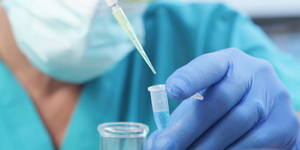
Step 4 - DNA analysis of your saliva samples in our laboratory
Once we receive the samples, we will send you an email to confirm the reception of the samples and proceed to perform the DNA test in our laboratory . You can follow up online at any time using your unique access code to know the progress status of the DNA study.

Step 5 - Receive your results.
Receive your certified results by email, usually about three days, after your samples arrive at the Lab.



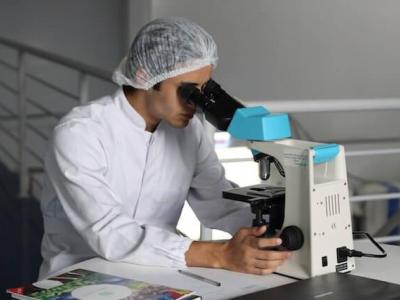

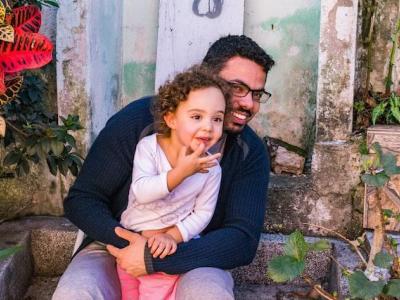


Comments
Jack